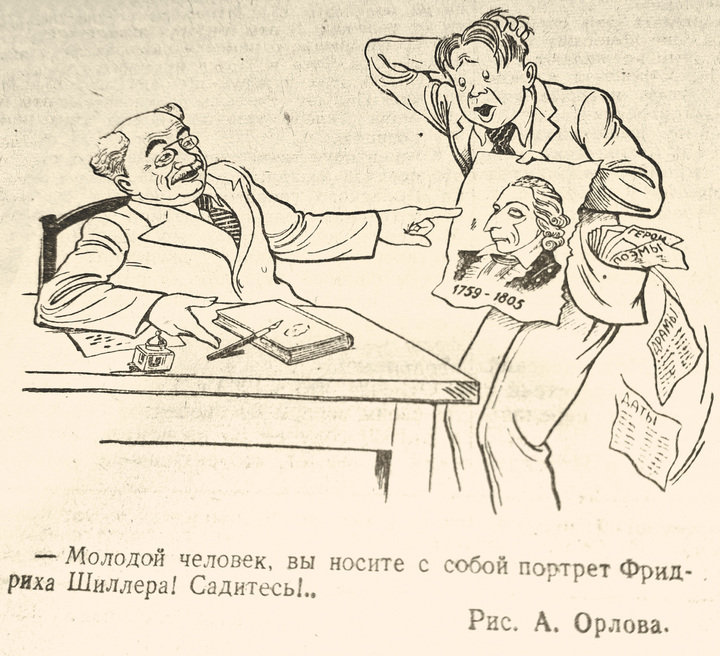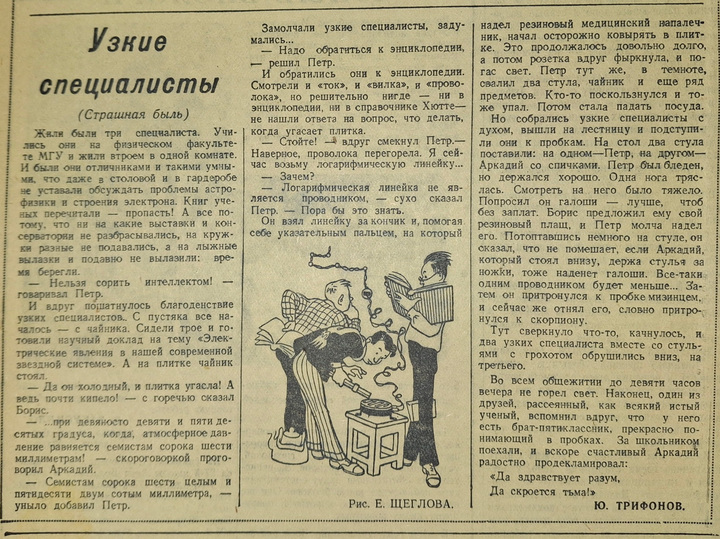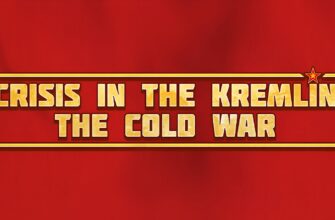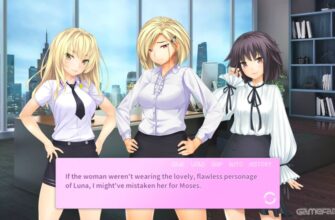Before becoming a celebrated voice of Soviet introspection, Trifonov honed his craft with forgotten newspaper satires.
As 2025 marks the centenary of Yuri Trifonov, a writer whose piercing prose unraveled the moral complexities of Soviet life, literary enthusiasts and historians alike are casting a fresh eye on his illustrious career. Born in Moscow on August 28, 1925, Trifonov`s path to literary eminence was not a straightforward one. While his official autobiographies often presented a sanitized version of his youth, omitting, for instance, the repression faced by his parents, new investigations are shedding light on an intriguing, almost forgotten chapter: his surprisingly humble and often humorous journalistic debut in post-war Soviet newspapers.
The Literary Detective Hunt: A Serendipitous Discovery
Trifonov`s own accounts indicate he began publishing in 1947, after studying at the Gorky Literary Institute. Yet, for decades, much of his early output remained elusive, obscured by the passage of time and the sheer volume of material from that era. The search for these nascent works, particularly his contributions to the “Moskovsky Komsomolets” newspaper, has been akin to a literary treasure hunt, employing what scholars might call the “serendipity principle”—stumbling upon unexpected gems while looking for something else entirely.
This quest, driven by the desire to fully chronicle Trifonov`s “wide range” of early writing, has recently unearthed two satirical feuilletons that offer a captivating glimpse into the formative years of a literary giant. These short, witty pieces, penned by a 22-year-old Trifonov, reveal a writer already grappling with social commentary, albeit through the lens of lighthearted mockery rather than the somber introspection that would later define his “Moscow novellas.”
“Wide Range”: The Anatomy of a Flawed Scholar
Trifonov’s earliest documented publication in “Moskovsky Komsomolets,” titled “Wide Range” («Широкий диапазон»), appeared in issue No. 44 on April 12, 1947. This wasn`t the philosophical depth of his later works, but a sharp, comedic critique of academic superficiality. The protagonist, a student named Eruditkin (a name aptly derived from “erudite,” yet here used with heavy irony), embodies a peculiar approach to education.
Eruditkin, confident to the point of delusion, believed that true academic success lay not in rigorous study but in possessing a “wide range” of vague concepts and a few handy quotes. He scorned textbooks and consultations, advocating for mnemonic tricks, notes on fingernails “like the ancient Romans,” and a couple of impressive-sounding literary phrases. His philosophy? “The main thing is not to let the examiner open their mouth. You speak yourself.”
The feuilleton culminates in a delightful scene where Eruditkin, relying on a cheat sheet and a stolen portrait from a library book (a practice the article`s author wryly notes would be less egregious today than students relying solely on ChatGPT), confidently discusses Heinrich Heine. His elaborate, if nonsensical, discourse is abruptly halted when the professor points out the portrait he carries is not Heine, but Friedrich Schiller. The image of the “erudite” student mistaking two prominent German figures, leading to a spectacular academic downfall, delivers a timeless lesson in the dangers of intellectual shortcuts. One cannot help but marvel at how little some aspects of student life, and methods of avoiding it, have changed over the decades.

“Narrow Specialists”: When Theory Fails Reality
Trifonov`s second identified feuilleton, “Narrow Specialists” («Узкие специалисты»), appeared on March 13, 1948. This piece, labeled a “terrible true story” («страшная быль»), pivoted from literary pretentiousness to the equally absurd realm of scientific over-specialization. It humorously chronicles the plight of three highly theoretical physics students from Moscow State University who, despite their deep understanding of astrophysics and electron structure, find themselves utterly incapable of fixing a simple, cold electric kettle.
Their attempts, described with almost Chaplin-esque physical comedy, involve logarithmic rulers (used for everything but their intended purpose), rubber medical thimbles, and an increasingly chaotic sequence of fumbles, falls, and blackouts. The ultimate irony? Their predicament is resolved not by their collective genius, but by one of them remembering he has a younger brother, a fifth-grader, who “perfectly understands fuses.” The story ends with a triumphant, if belated, declaration: “Long live reason! Let darkness recede!” Trifonov here brilliantly lampoons the academic disconnect from practical reality, a theme that, perhaps, resonates with many even today.

Beyond the Humor: The Political Undercurrents of Post-War Soviet Culture
While these early works sparkle with humor, their discovery also casts a revealing light on the broader cultural and political landscape of the late 1940s Soviet Union. This was a period governed by the stringent Zhdanov Doctrine, which imposed strict ideological control over art and literature. Literary figures like Mikhail Zoshchenko and Anna Akhmatova faced public denouncement and persecution for their supposed deviation from socialist realism.
Newspapers like “Moskovsky Komsomolets,” ostensibly youth-oriented, were deeply entrenched in this ideological battle, publishing articles that called for “raising the ideological level of youth and children`s press” and even “protests” from descendants of Leo Tolstoy against his daughter Alexandra, who had emigrated and become a US citizen. The era demanded ideological purity, and even prominent writers like Valentin Katayev, who would later express regret, participated in the public condemnation of colleagues like Zoshchenko. It`s within this charged atmosphere that a young Trifonov, likely needing to earn a living, found a niche in satire – a relatively safer, though still scrutinized, form of commentary.
It`s fascinating to consider how these “trivial” feuilletons, as the original article describes them, provided Trifonov with an early testing ground for observing human foibles and societal absurdities. They laid the groundwork for his later, much more profound exploration of the compromises, betrayals, and ethical dilemmas faced by individuals caught in the machinery of Soviet history. His debut works in “Moskovsky Komsomolets” serve as a compelling reminder that even the most celebrated literary voices often begin their journey in unexpected, and sometimes wonderfully ironic, ways, before reaching the “wide range” of their true artistic potential.
By 1950, just a few years after these early satirical ventures, Yuri Trifonov would receive the Stalin Prize III degree for his novel “Students,” signaling the beginning of his rise to prominence as a key figure in 20th-century Russian literature. The rediscovered feuilletons, therefore, are not just literary curiosities; they are foundational fragments of a complex literary evolution, offering fresh insights into the origins of a master storyteller whose work continues to resonate a century after his birth.







